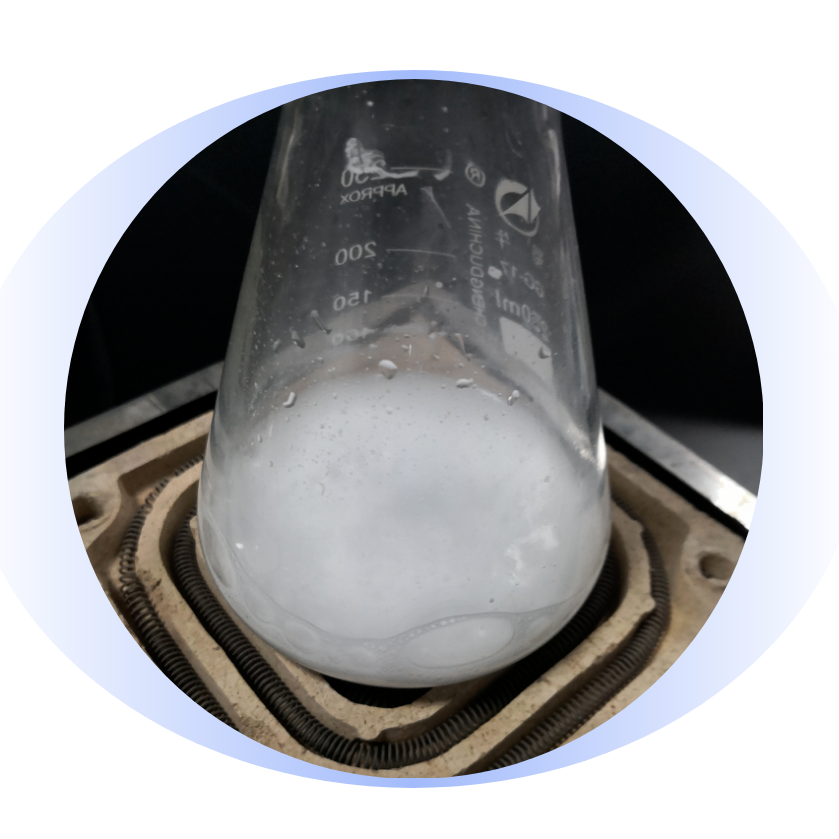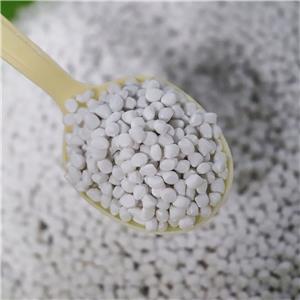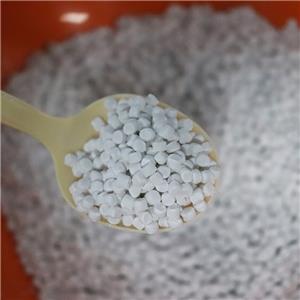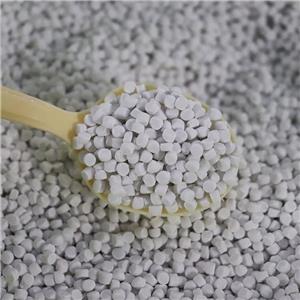Determination of hydrochloric acid insoluble matter content in calcium carbonate
Acid-insoluble substances generally refer to substances that are insoluble in dilute hydrochloric acid (10% to 20% hydrochloric acid). For example, Al2O3, Fe2O3, Mn3O4 and SiO2 and other impurities in dolomite, limestone and other carbonate rocks used for refractories and chemical raw materials are acid-insoluble matter, which is a harmful component in the above industrial raw materials, so acid-insoluble matter is a technical index for evaluating the quality of such minerals.
Insoluble matter refers to the residue after treatment with hydrochloric acid, then treated with sodium hydroxide solution, and the residue obtained after neutralization and filtration by hydrochloric acid is left by high temperature burning.
Hazards of hydrochloric acid insolubles:
① acid insoluble matter, high content of silica compounds, will make the polyvinyl chloride to occur mild cross-linking or trigger thermal degradation, thermal stability is weakened; on the contrary, the calcium carbonate content of 95% or more, the acid insoluble matter content is low, will not affect the thermal stability of polyvinyl chloride;
② The presence of silica compounds in heavy calcium will lead to increased particle hardness, high silica-containing calcite powder produced filler masterbatch used in the production of polypropylene flat wire, the slitting blade is prone to wear;
(iii) Su Yanqun et al. conducted a study on the effect of acid insoluble matter on AKD (alkyl ketene dimer) sizing in grass slurry white clay calcium carbonate, which showed that the total acid insoluble matter obtained from white clay calcium carbonate is an important reason for the reduction of AKD sizing efficiency [1].

The method of determining the content of hydrochloric acid insoluble matter is to dissolve the specimen with hydrochloric acid, filter the acid insoluble matter, cauterize, and weigh, and please refer to section 3.15 of the GB/T 19281-2014 Calcium Carbonate Analytical Methods for the instruments, reagents, and specific experimental steps required [2].




